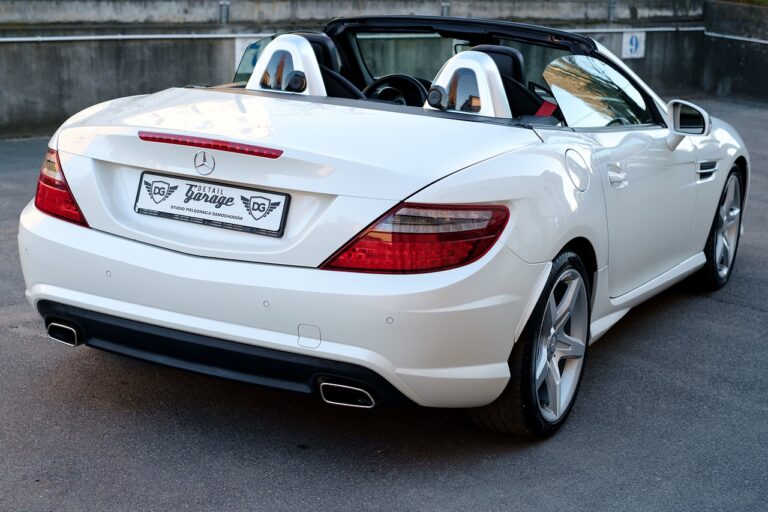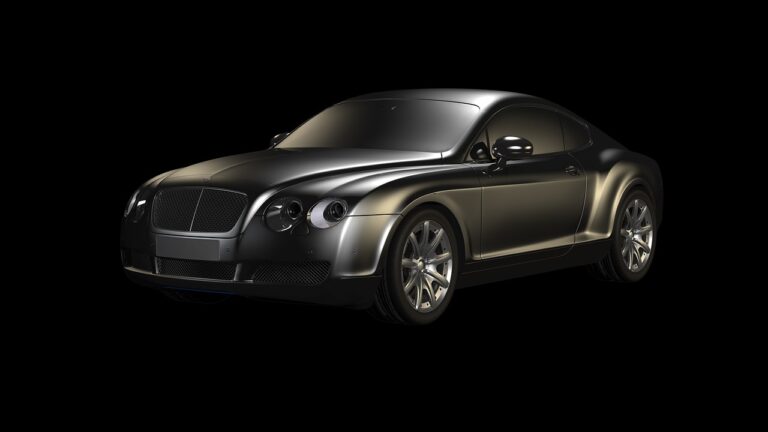Heads-Up Display (HUD) Technologies: The Future
11xplay online id login, india24bet login, skyinplay:Heads-Up Display (HUD) Technologies: The Future
Imagine driving down the road and being able to see all the critical information you need, such as your speed, navigation directions, and even incoming calls, all without taking your eyes off the road. That’s the promise of Heads-Up Display (HUD) technologies, and it’s a future that is closer than you might think.
HUD technologies have been around for some time, primarily in military aircraft and high-end luxury cars. However, advances in technology and a growing demand for safer and more convenient driving experiences have pushed HUDs into the mainstream. From affordable aftermarket options to integrated systems in new vehicles, HUDs are becoming more common on our roads.
In this article, we’ll explore the future of HUD technologies, how they are shaping the way we interact with our vehicles, and what we can expect in the years to come.
The Evolution of HUD Technologies
HUD technologies have come a long way since their inception. Originally designed for military aircraft to provide pilots with essential information without looking away from the cockpit, HUDs have now made their way into consumer vehicles, wearable devices, and even smart glasses.
One of the most significant advancements in HUD technologies is the transition from projecting information onto a separate screen to integrating it directly into the driver’s line of sight. This allows drivers to keep their eyes on the road while still accessing critical information, such as speed, navigation directions, and even safety alerts.
Another key development is the integration of augmented reality (AR) into HUD systems. AR overlays digital information onto the real world, creating a more immersive and interactive experience for users. This technology can be particularly useful in providing real-time navigation instructions, highlighting potential hazards on the road, and even displaying information about nearby points of interest.
The Future of HUD Technologies
As HUD technologies continue to evolve, we can expect to see even more advanced features and capabilities in the future. Here are some key trends that are shaping the future of HUD technologies:
1. Enhanced Connectivity: Future HUD systems will be more seamlessly integrated with other smart devices and systems, allowing for a more connected driving experience. This means that drivers will be able to access a wide range of information, such as weather updates, traffic conditions, and even social media notifications, all from their HUD display.
2. Personalization: Just as we can customize the layout of our smartphones or smartwatches, future HUD systems will offer a high level of personalization. Drivers will be able to choose the information they want to see and how it is displayed, making the driving experience more tailored to their preferences.
3. Advanced Navigation: Navigation systems in HUD technologies will become even more sophisticated, offering real-time updates, dynamic re-routing based on traffic conditions, and even predictive analysis of potential hazards on the road. This will not only make driving safer but also more efficient and stress-free.
4. Integration with Autonomous Vehicles: As autonomous vehicles become more prevalent on our roads, HUD technologies will play a crucial role in providing essential information to both drivers and passengers. From displaying the vehicle’s current mode of operation to alerting users to take control in case of emergencies, HUDs will be an integral part of the autonomous driving experience.
5. Health and Wellness Monitoring: In addition to traditional driving-related information, future HUD systems may also offer health and wellness monitoring features. From monitoring the driver’s heart rate and stress levels to reminding them to take breaks during long journeys, HUDs could help improve overall driver well-being.
6. Enhanced Safety Features: Safety is a top priority for HUD technologies, and future systems will continue to incorporate advanced safety features. This could include warning drivers of potential collisions, alerting them to pedestrians or cyclists in their blind spots, and even monitoring driver fatigue to prevent accidents.
FAQs
Q: Are HUD technologies only available in new vehicles?
A: While many new vehicles come equipped with integrated HUD systems, there are also aftermarket options available for older vehicles. These can be easily installed and offer similar features to OEM systems.
Q: Will HUD technologies distract drivers?
A: On the contrary, HUD technologies are designed to reduce driver distraction by allowing them to access essential information without taking their eyes off the road. By displaying information directly in the driver’s line of sight, HUDs can actually improve safety on the road.
Q: Are HUD technologies expensive?
A: The cost of HUD technologies varies depending on the features and capabilities of the system. While integrated OEM systems in new vehicles can be costly, there are more affordable aftermarket options available for those looking to add HUD functionality to their existing vehicles.
Q: Can HUD technologies be customized?
A: Yes, most HUD systems offer a high level of customization, allowing drivers to choose the information they want to see and how it is displayed. This ensures a personalized driving experience tailored to individual preferences.
Q: Are HUD technologies only for driving?
A: While HUD technologies are primarily designed for use in vehicles, they can also be integrated into other devices, such as smart glasses or helmets. This allows users to access HUD information in a wide range of scenarios, not just while driving.
In conclusion, Heads-Up Display (HUD) technologies are paving the way for a safer, more connected driving experience. With advancements in connectivity, personalization, navigation, and safety features, the future of HUDs looks bright. Whether integrated into new vehicles or added to existing ones through aftermarket options, HUD technologies are set to revolutionize the way we interact with our vehicles and the road ahead.







